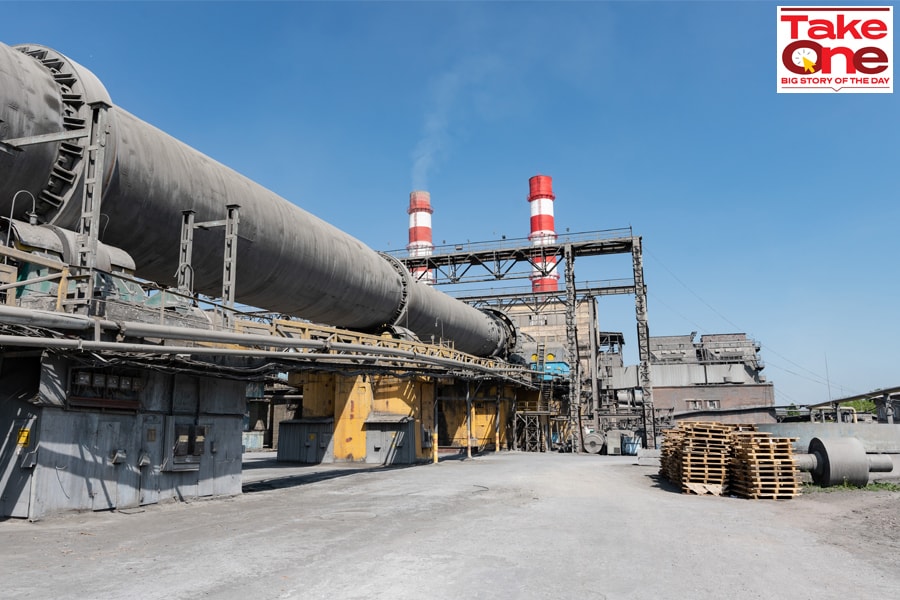
Why India isn't a global manufacturing hub
Despite being the fastest-growing large economy, it hasn't been able to attract big multi-billion-dollar investments from large MNCs for manufacturing facilities in the country although FDI in manufacturing has soared
 Why would companies not want to grow their manufacturing footprint in the fastest-growing economy? Especially when the world’s factory, China, is struggling with serious economic challenges
Why would companies not want to grow their manufacturing footprint in the fastest-growing economy? Especially when the world’s factory, China, is struggling with serious economic challenges
Former Reserve Bank of India (RBI) governor Raghuram Rajan has often expressed why India must focus on expanding its services sector rather than replicating China’s model of manufacturing-led growth. It is a template that hasn’t worked for India for the past many years, he argues. But manufacturing is central to the government’s agenda as it strives to achieve a double-digit GDP growth rate.
The Narendra Modi government has rolled out the red carpet for foreign companies to invest in India’s growth story. In the past, several major multinational companies (MNCs)—Cairn Energy, Hutchison, Docomo, Lafarge, Carrefour, Daiichi Sankyo, Henkel—have exited the country, citing an unfriendly business environment among other reasons. Between 2014 and November 2021, over 2,700 foreign companies and their subsidiaries have shut shop in India.
The past five years, particularly, have marked the exit of reputed international automakers from India (see table). Macroeconomic factors and shifts in corporate strategy are partly accountable for this. But a common refrain from offshore strategic investors is that India is a difficult place for manufacturing. Is this only an issue of perception? The government would wish to believe it is.
Commerce minister Piyush Goyal claims, “India is rapidly emerging as a preferred country for foreign investments in the manufacturing sector.” He highlighted the robust 76 percent year-on-year jump in FDI in the manufacturing sector to $21.34 billion in FY22 (see table). The share of foreign investments in manufacturing has steadily inched up and the automobile segment has been a big beneficiary.
However, experts say these are largely financial investments by private equity funds and not long-term strategic players. Actually, several multinational firms have trimmed their exposure to India and have hived off assets, including manufacturing plants to domestic companies (see table). Plus, a weak capex cycle has pushed many foreign players to curtail expansion plans.







 Madhavi Arora, lead economist at Emkay Global, believes policies come into effect with a time lag and says it may take 10 years for the reforms in the manufacturing sector to show durable results as the global economy recovers.
Madhavi Arora, lead economist at Emkay Global, believes policies come into effect with a time lag and says it may take 10 years for the reforms in the manufacturing sector to show durable results as the global economy recovers. 




